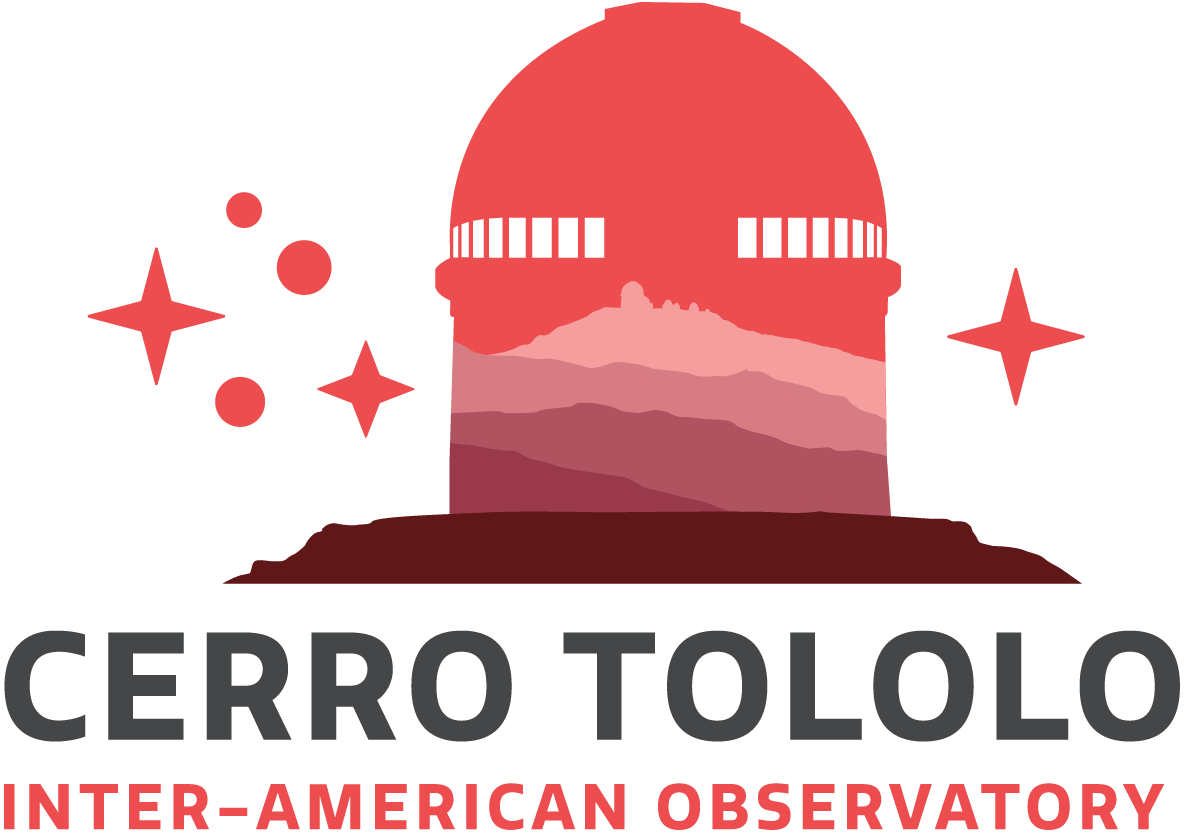Explore the Universe Live with Astronomers in Chile
6 December livestream from Cerro Tololo Inter-American Observatory will provide a behind-the-scenes look at cutting-edge astronomical research
3 December 2021
If you have ever wondered what it’s like to be an astronomer observing the Universe with one of the most powerful astronomical cameras ever built, now is your chance to find out. On Monday 6 December 2021 NSF NOIRLab will partner with universities and organizations in Chile to air a public livestream from the 570-megapixel Dark Energy Camera (DECam) mounted on the Víctor M. Blanco 4-meter Telescope in Chile at the Cerro Tololo Inter-American Observatory, a Program of NOIRLab.
During the one-hour event, which will start at 10 p.m. CLST / 8 p.m. EST / 6 p.m. MST on 6 December, astronomers Paulina Troncoso from Central University in La Serena, Erika Labbé from the Diego Portales University, Fernanda Urrutia from NOIRLab, and Luis Chavarría from the European Southern Observatory will talk about the observations DECam is making in real time. Created and organized by Troncoso and Labbé under the concept of inclusive astronomy, the broadcast will be in Spanish and accompanied by a sign-language interpreter as well as a sonification using the software Afterglow Access.
The livestream will be broadcast on NOIRLab’s YouTube channel, the NOIRLab en Español Facebook page, the AstroUDP YouTube channel (from the Astronomy Nucleus at Universidad Diego Portales), and on the online TV channel EmolTV. A recording of the livestream will be available for viewing on the same Facebook and YouTube channels following the event.
DECam was designed specifically for the Dark Energy Survey. This survey ran between 2013 and 2019, imaging 300 million galaxies in order to better understand the properties of dark energy, the mysterious force causing the expansion of the Universe to accelerate. Since the survey ended, DECam has been made available for use by the astronomical community at large. The camera was funded by the US Department of Energy (DOE) and was built and tested at DOE's Fermilab.
More information
NSF NOIRLab (National Optical-Infrared Astronomy Research Laboratory), the US center for ground-based optical-infrared astronomy, operates the international Gemini Observatory (a facility of NSF, NRC–Canada, ANID–Chile, MCTIC–Brazil, MINCyT–Argentina, and KASI–Republic of Korea), Kitt Peak National Observatory (KPNO), Cerro Tololo Inter-American Observatory (CTIO), the Community Science and Data Center (CSDC), and Vera C. Rubin Observatory (operated in cooperation with the Department of Energy’s SLAC National Accelerator Laboratory). It is managed by the Association of Universities for Research in Astronomy (AURA) under a cooperative agreement with NSF and is headquartered in Tucson, Arizona. The astronomical community is honored to have the opportunity to conduct astronomical research on Iolkam Du’ag (Kitt Peak) in Arizona, on Maunakea in Hawai‘i, and on Cerro Tololo and Cerro Pachón in Chile. We recognize and acknowledge the very significant cultural role and reverence that these sites have to the Tohono O'odham Nation, to the Native Hawaiian community, and to the local communities in Chile, respectively.
Links
- Photos of DECam
- Photos of the Víctor M. Blanco 4-meter Telescope
- Videos of the Víctor M. Blanco 4-meter Telescope
Contacts
Vanessa Thomas
Public Information Officer
NSF NOIRLab
Tel: +1 520 318 8132
Email: vanessa.thomas@noirlab.edu
Manuel Paredes
Outreach Manager
NSF NOIRLab
Tel: +1 56 51 220 5671
Email: manuel.paredes@noirlab.edu


